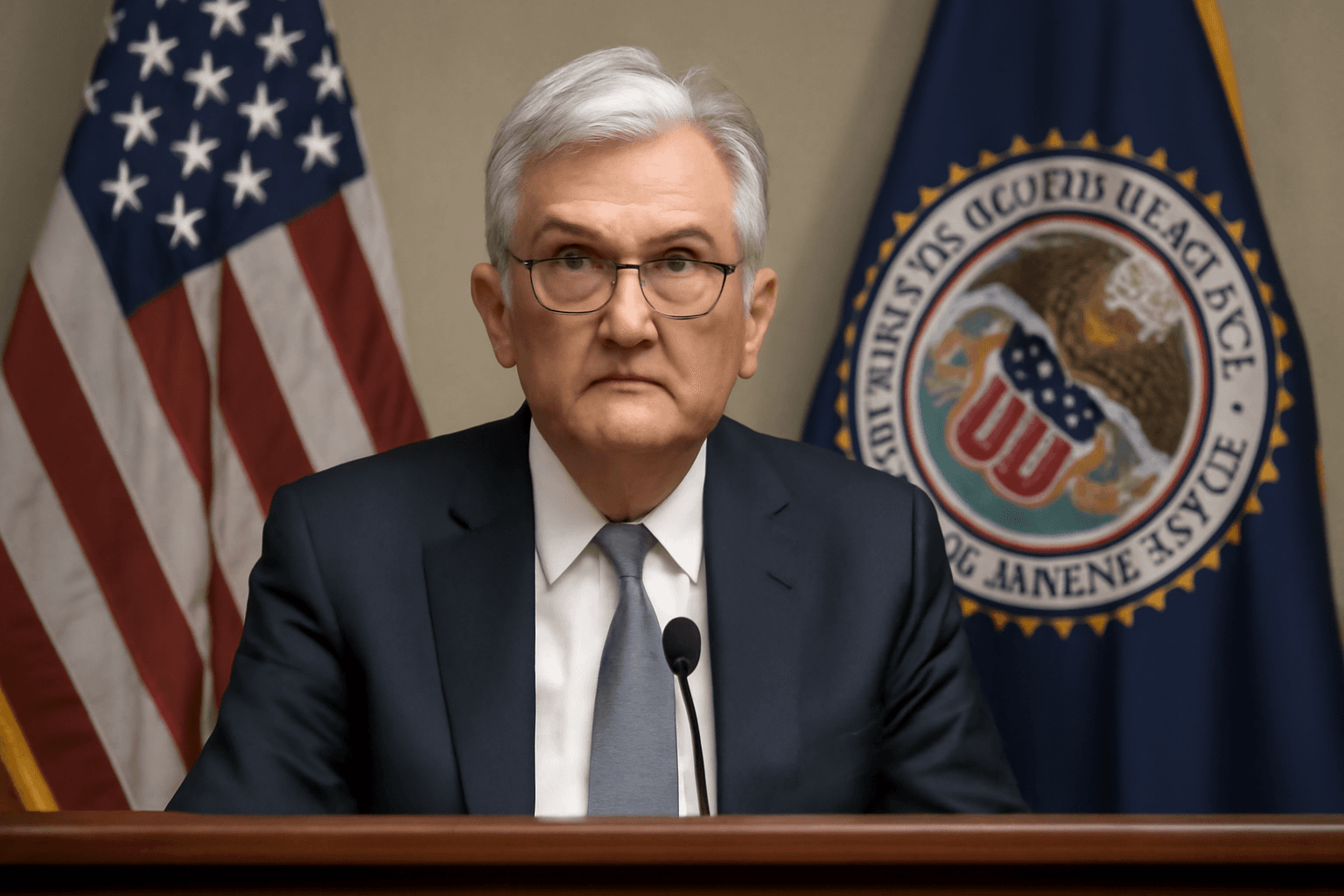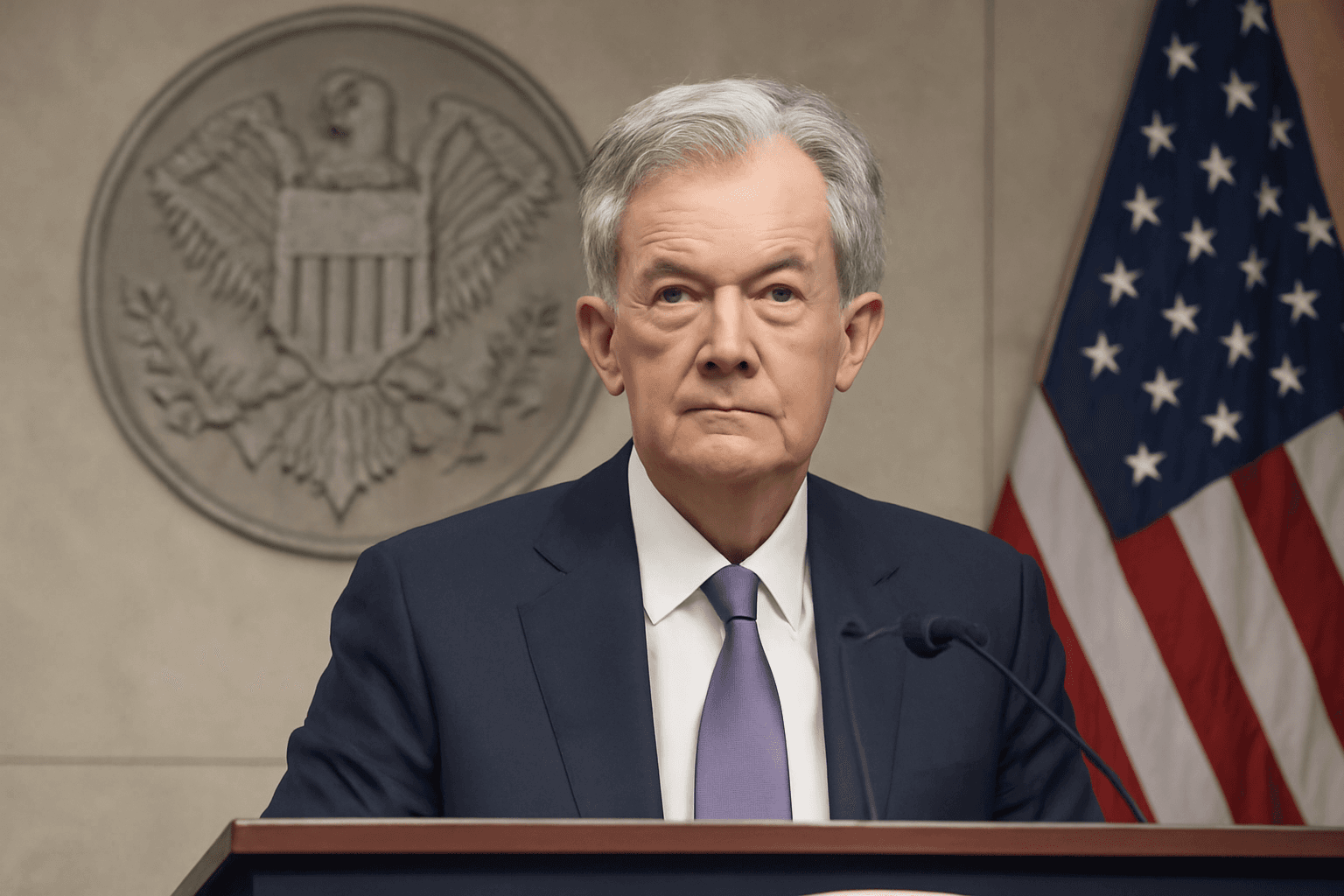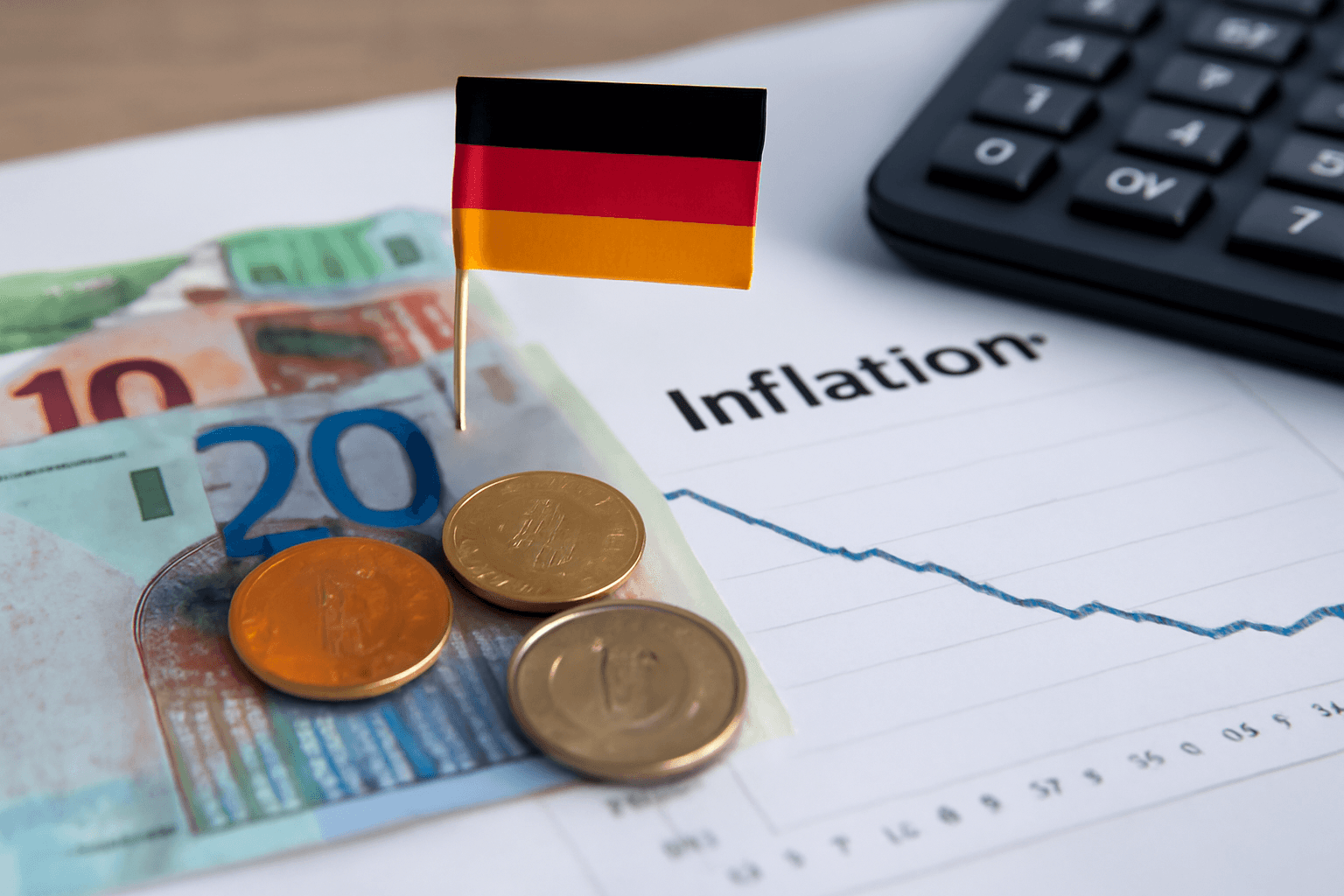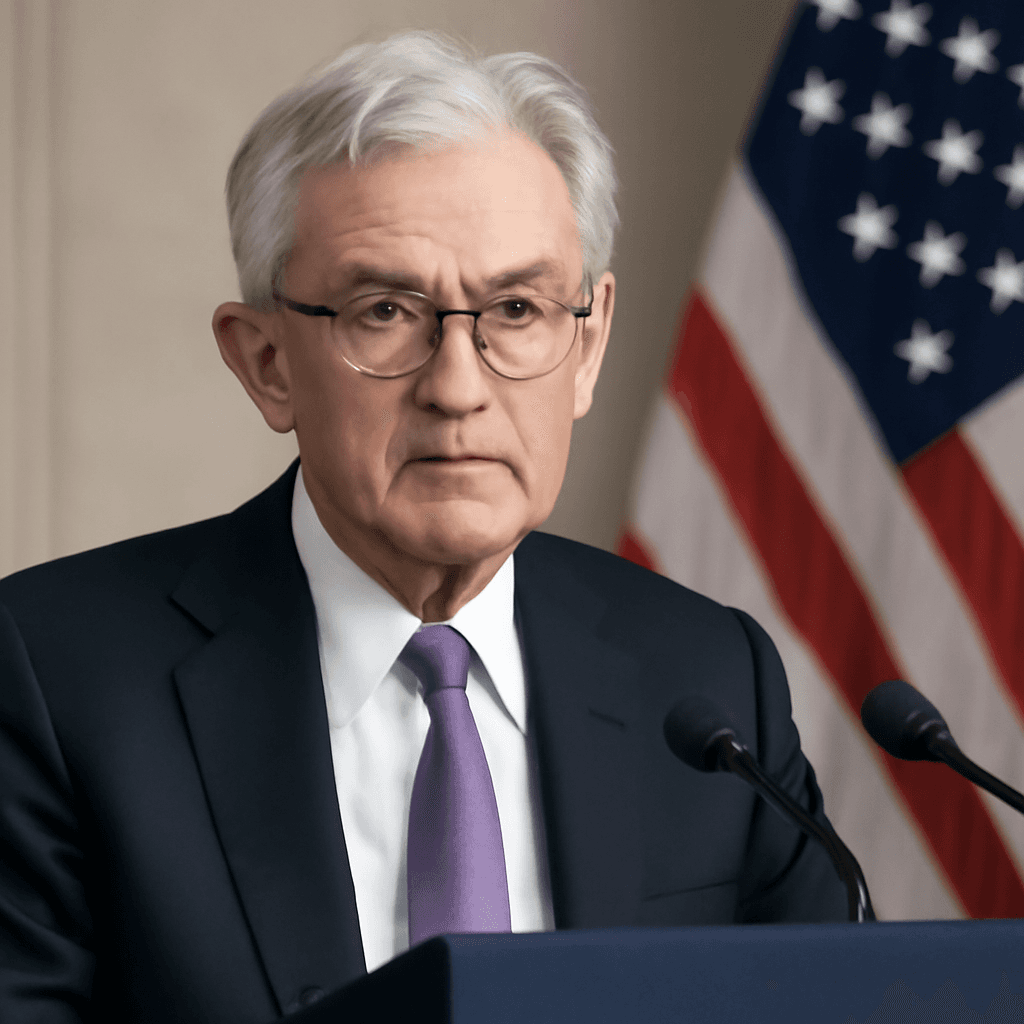The Federal Reserve officials expressed concerns about potential challenges posed by tariffs exacerbating inflation, according to the minutes released from the May 6-7 Federal Open Market Committee (FOMC) meeting.
The minutes highlighted ongoing uncertainties surrounding fiscal and trade policies, which could complicate the Fed's monetary decisions. Officials noted, "Participants agreed that uncertainty about the economic outlook had increased further, making it appropriate to take a cautious approach until the net economic effects of the array of changes to government policies become clearer." They also acknowledged that the Committee might encounter difficult tradeoffs if inflation persists while forecasts for economic growth and employment weaken.
Despite these concerns, the Fed maintained a cautiously optimistic stance regarding the current economic climate. They described economic growth as "solid," with the labor market "broadly in balance," even as risks to employment appeared to be rising. Consumer spending remained steady, supporting the economic outlook.
As expected, the FOMC held the benchmark federal funds rate steady at a target range of 4.25% to 4.5%, consistent with previous meetings. The officials emphasized that the current monetary policy is moderately restrictive and that the Committee is well-positioned to await further clarity on inflation and economic activity before making future adjustments.
The minutes also discussed the Fed's existing policy framework, known as "flexible average inflation targeting." This strategy allows inflation to run moderately above the 2% target to promote labor market inclusiveness. However, officials noted it has reduced effectiveness in the face of substantial inflationary shocks or when interest rates are not near zero.
Since the meeting, trade tensions between the U.S. and China have somewhat eased, with both sides agreeing to suspend certain tariffs during a 90-day negotiation period. This development contributed to a temporary rally in equity markets, though bond yields continue to rise.
The Fed's commitment to its dual mandate of achieving full employment and price stability remains challenged by policy uncertainties. Market expectations have shifted accordingly, with a diminished likelihood of rate cuts until at least September.
Overall, the minutes underscore the Fed's cautious approach amid evolving economic and geopolitical conditions, emphasizing the need for a policy robust enough to handle diverse economic environments without altering the established inflation goal.


















